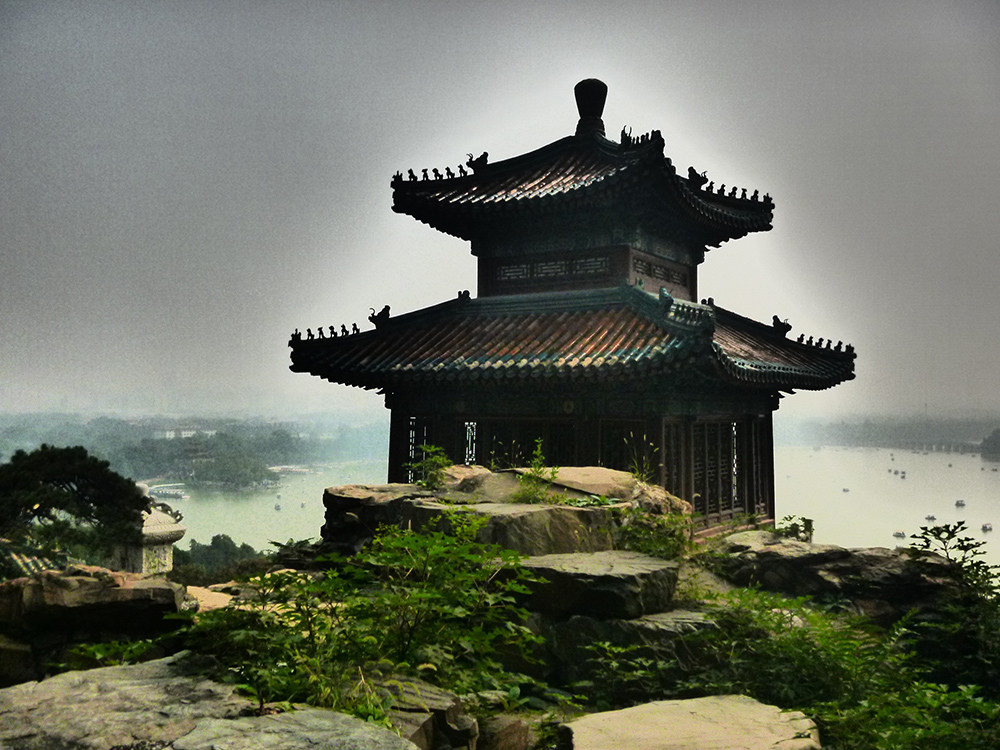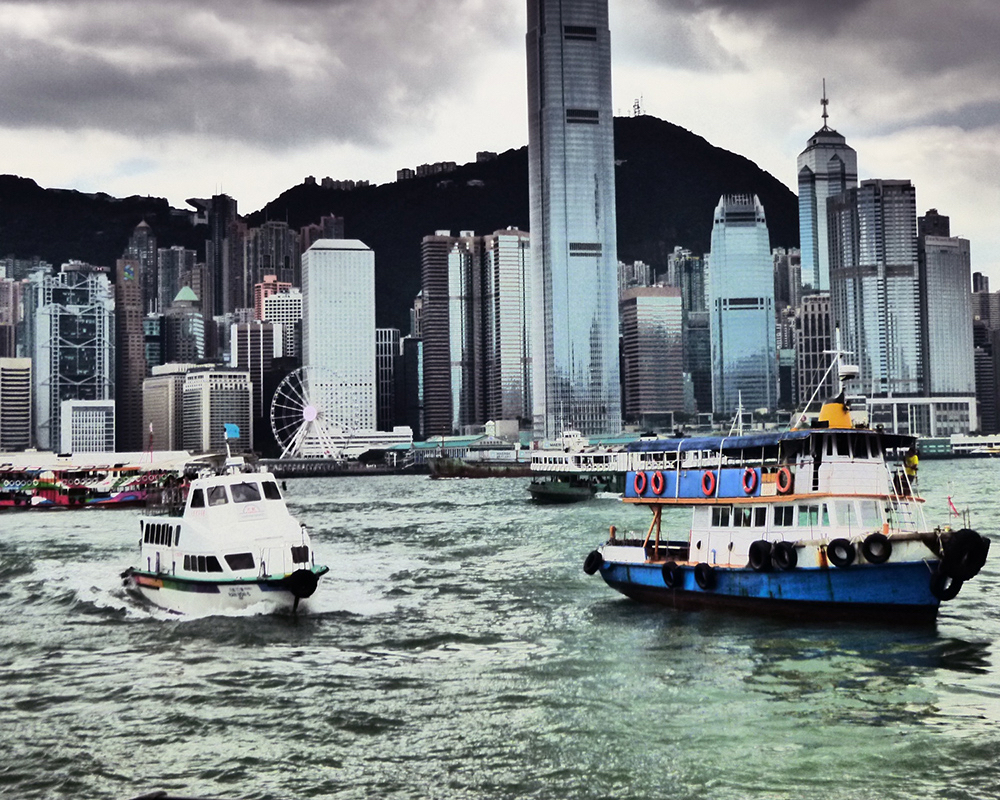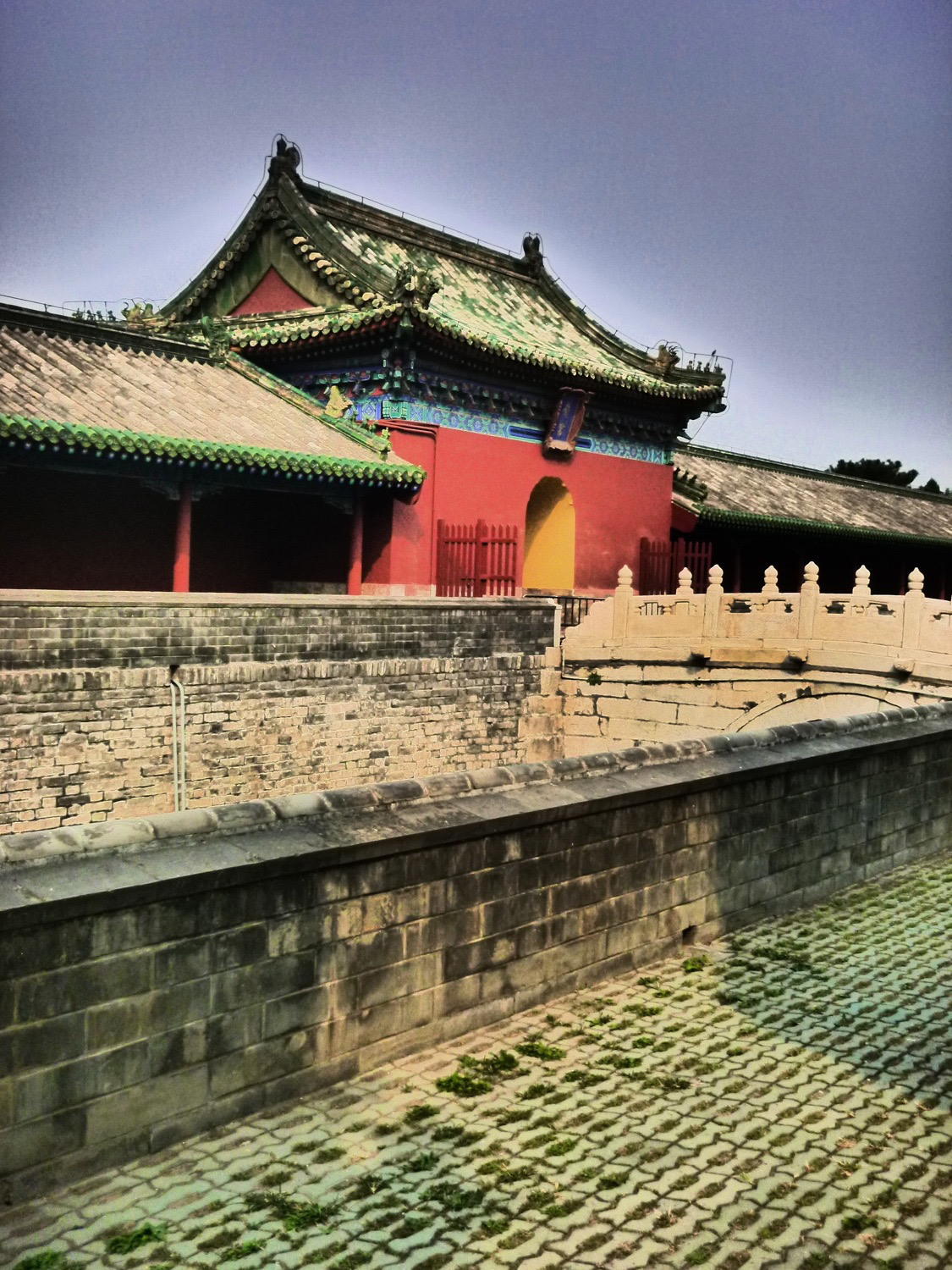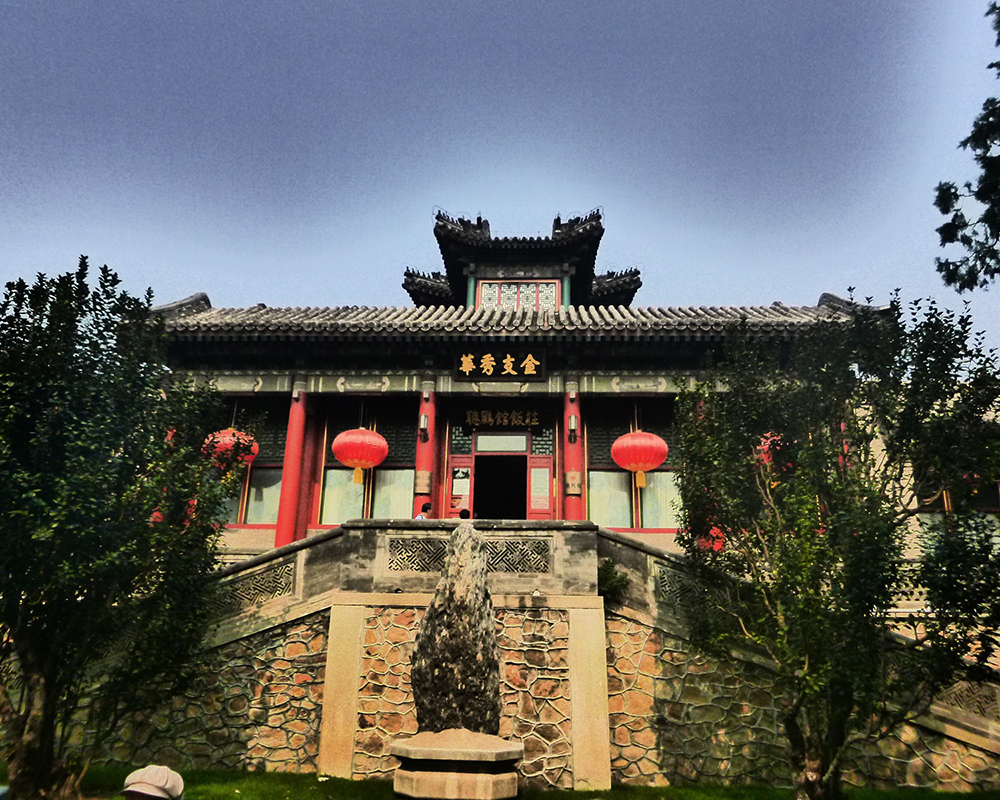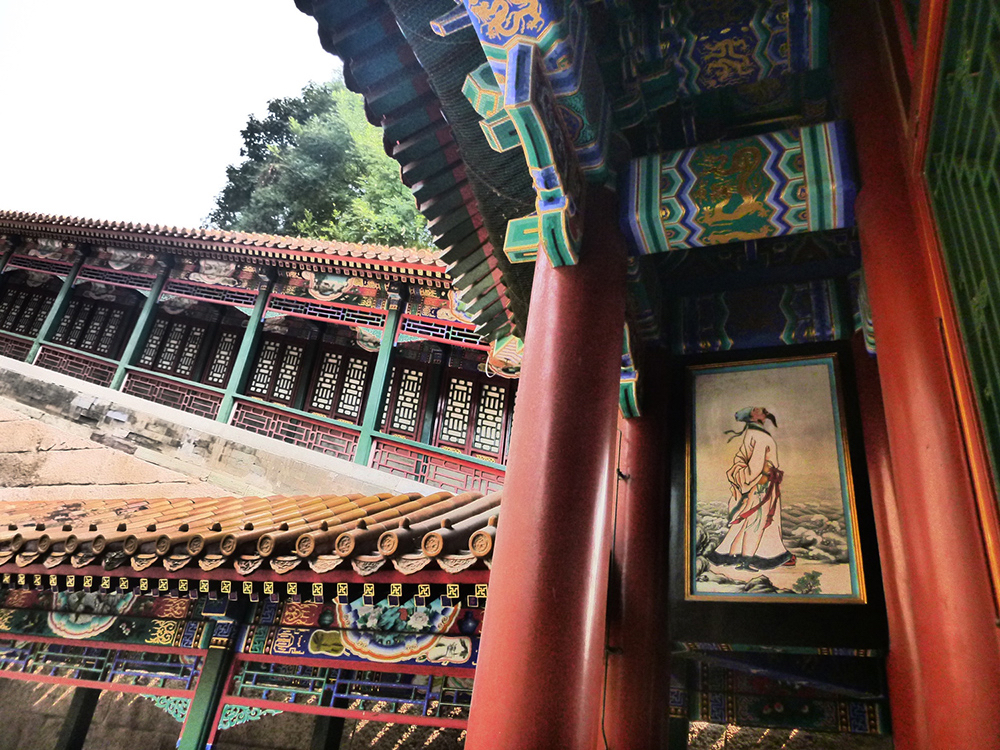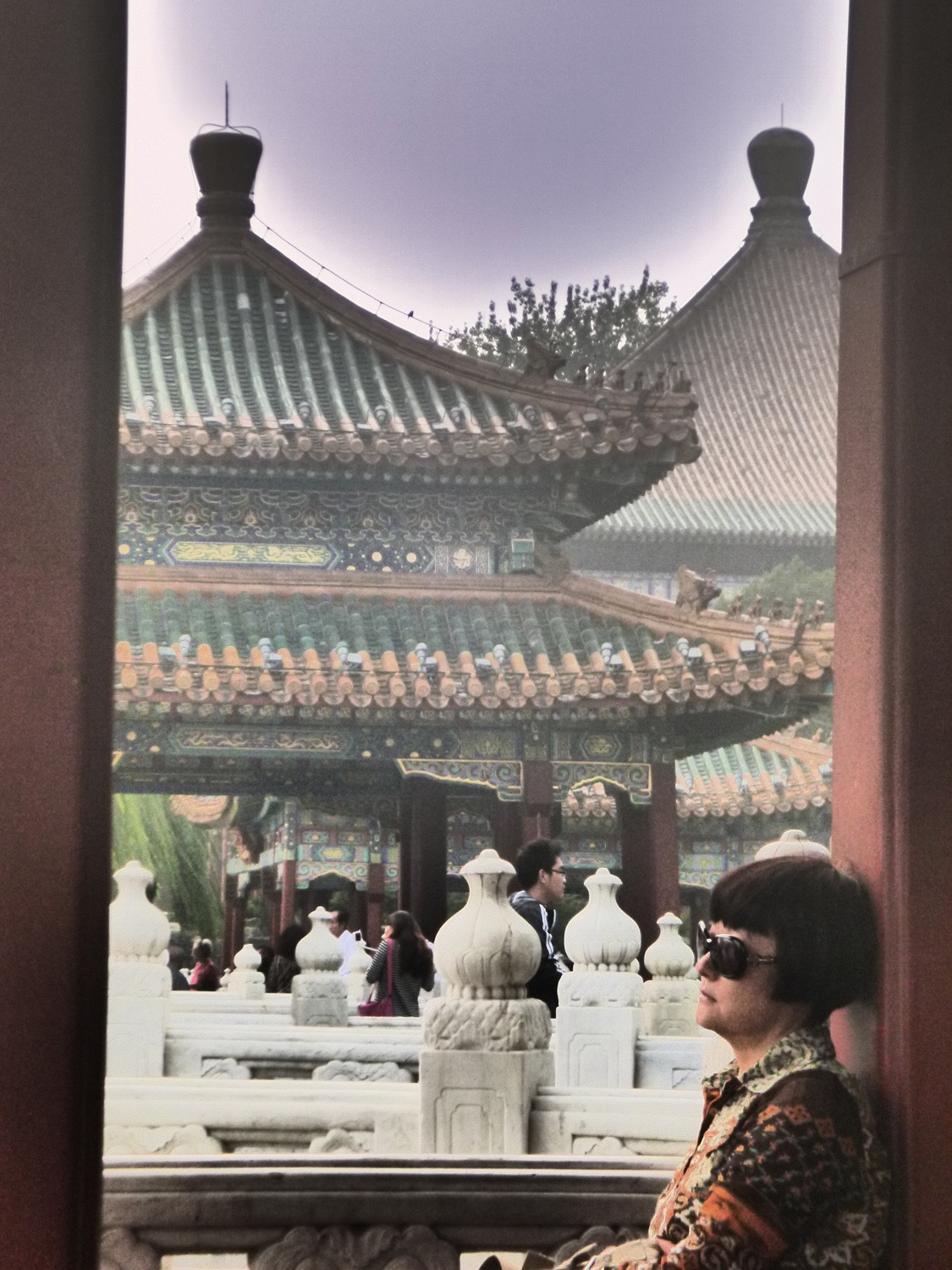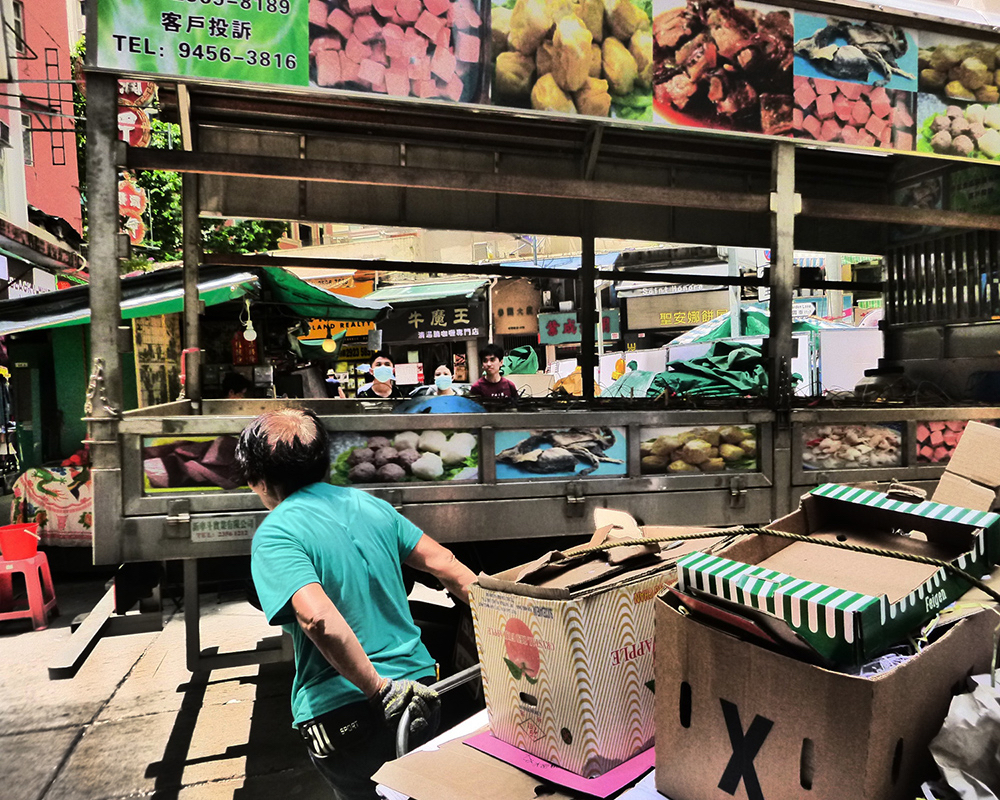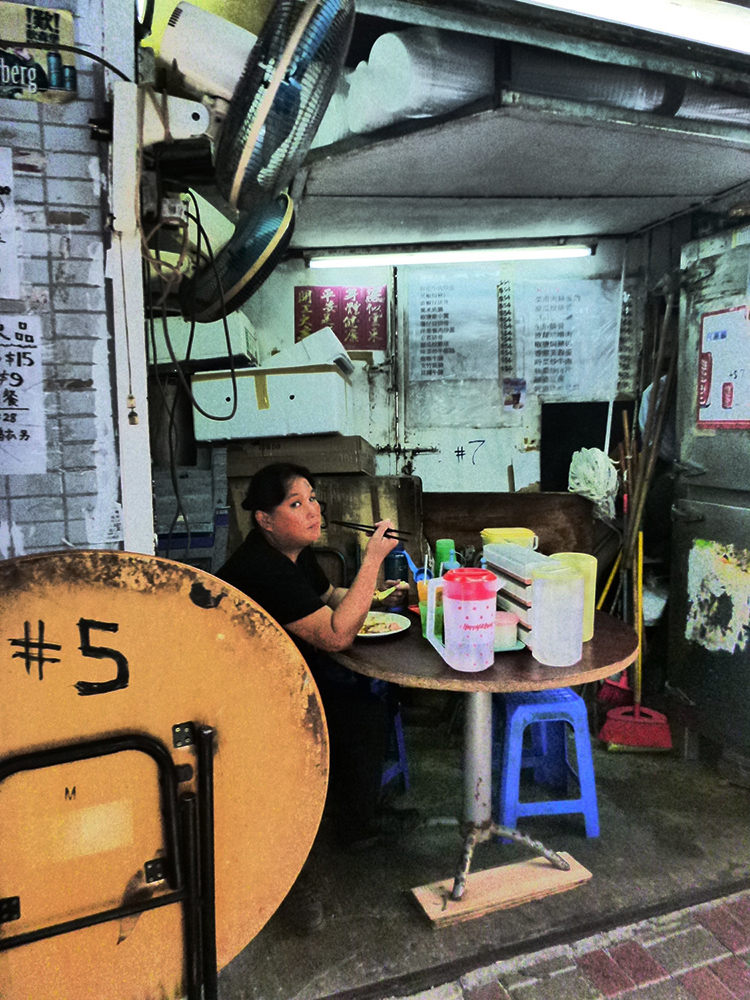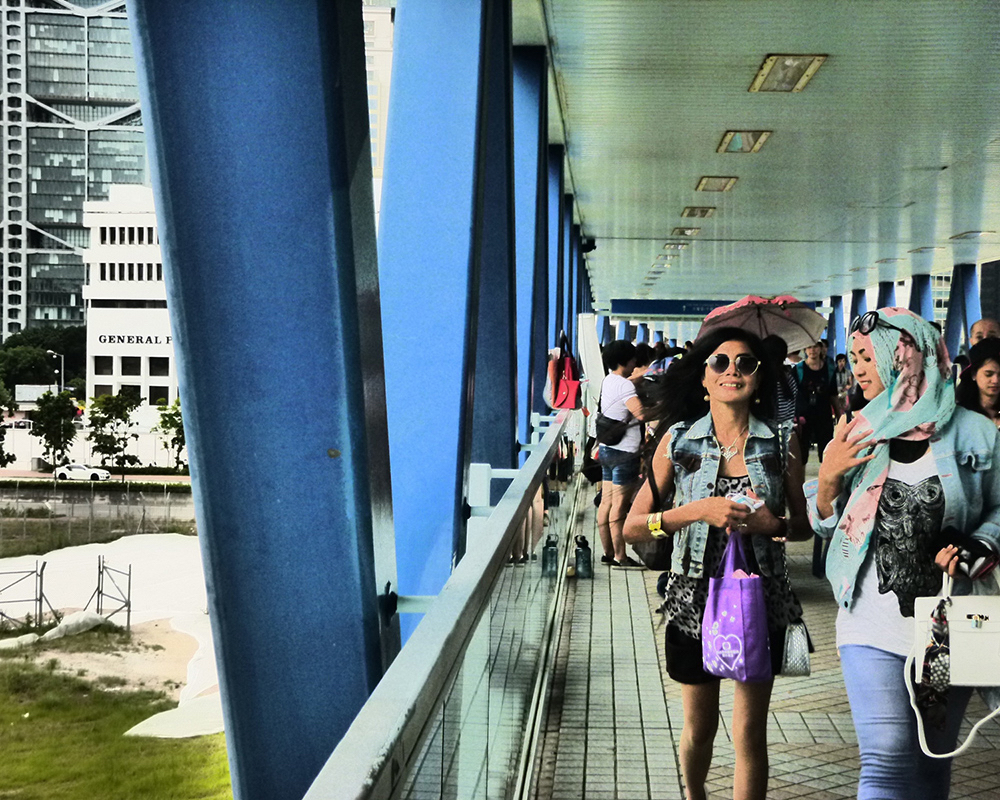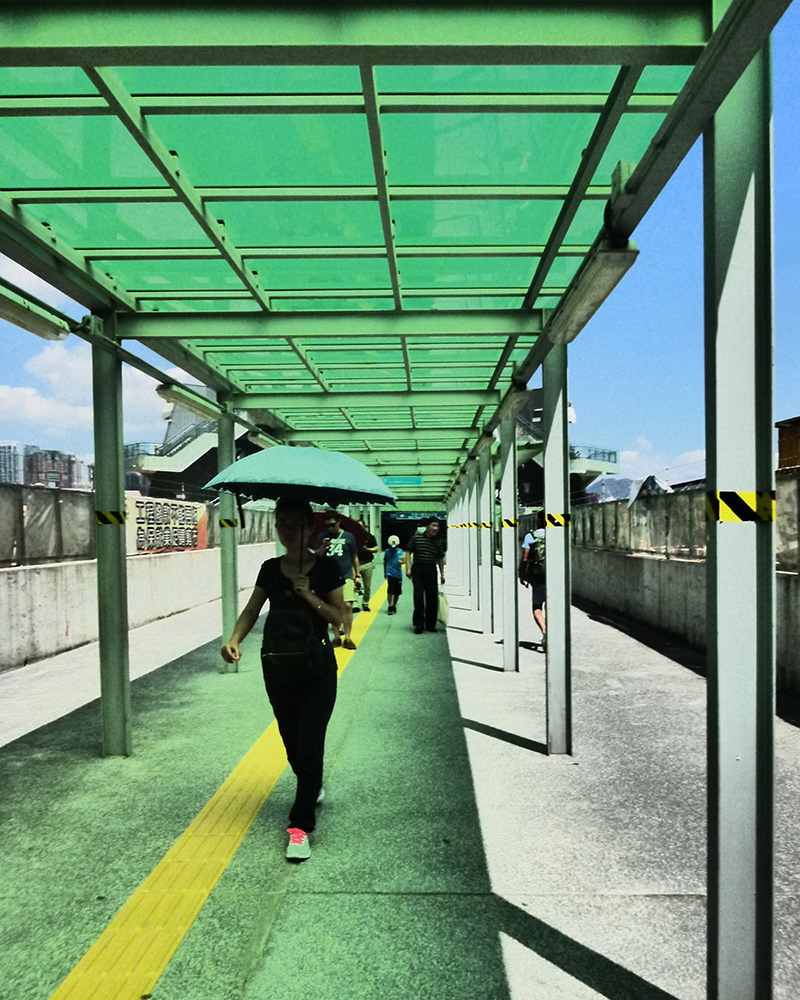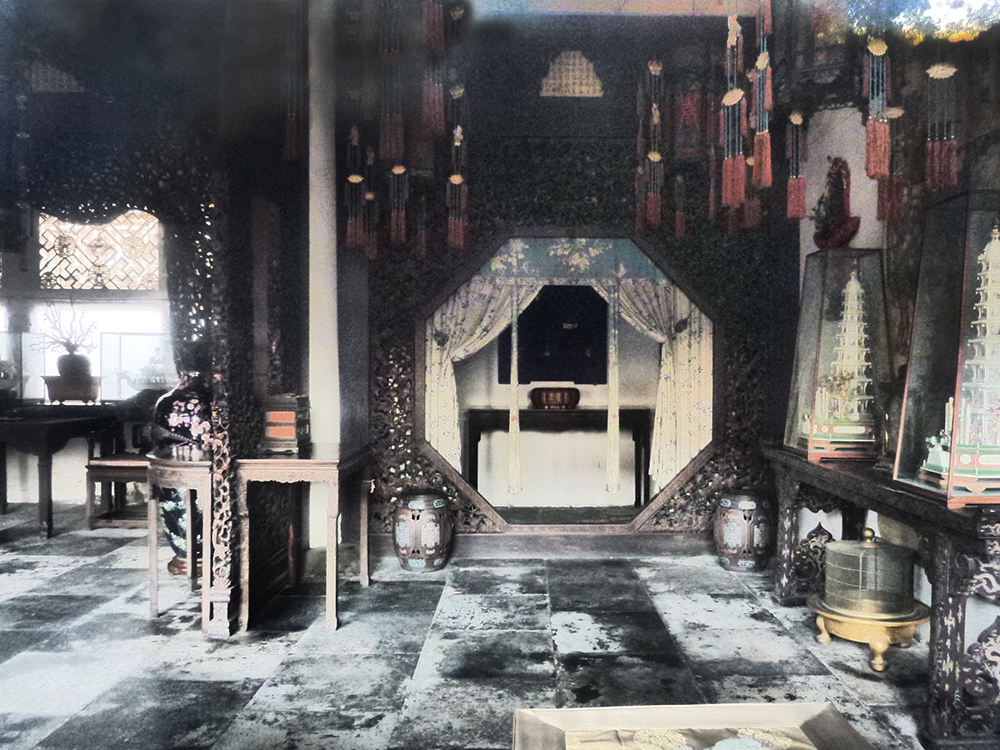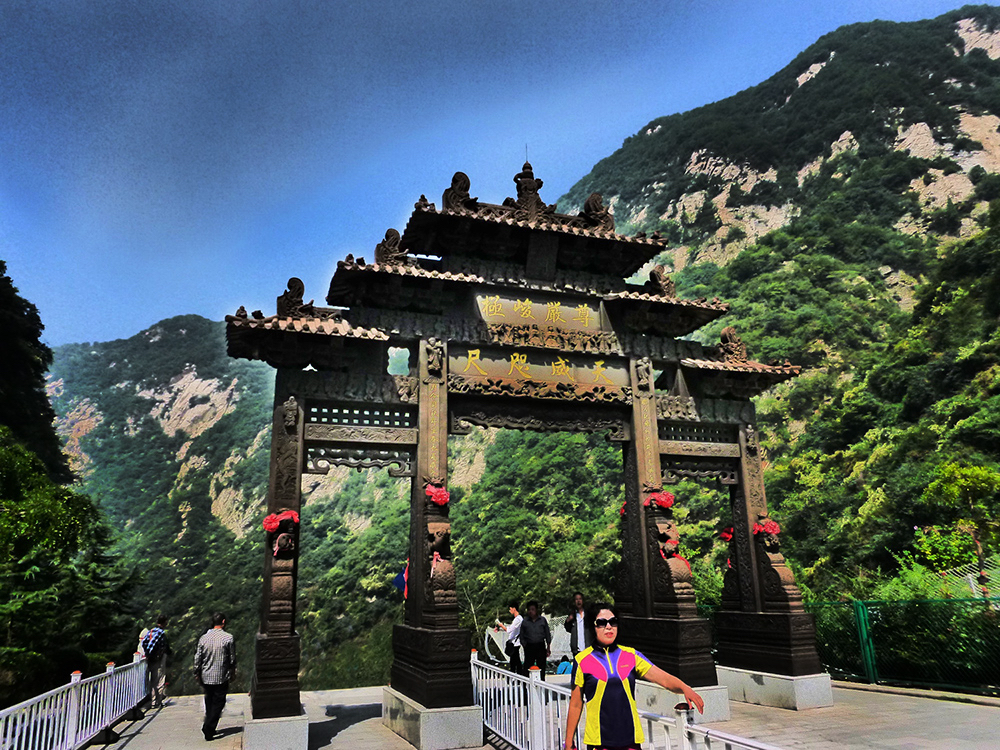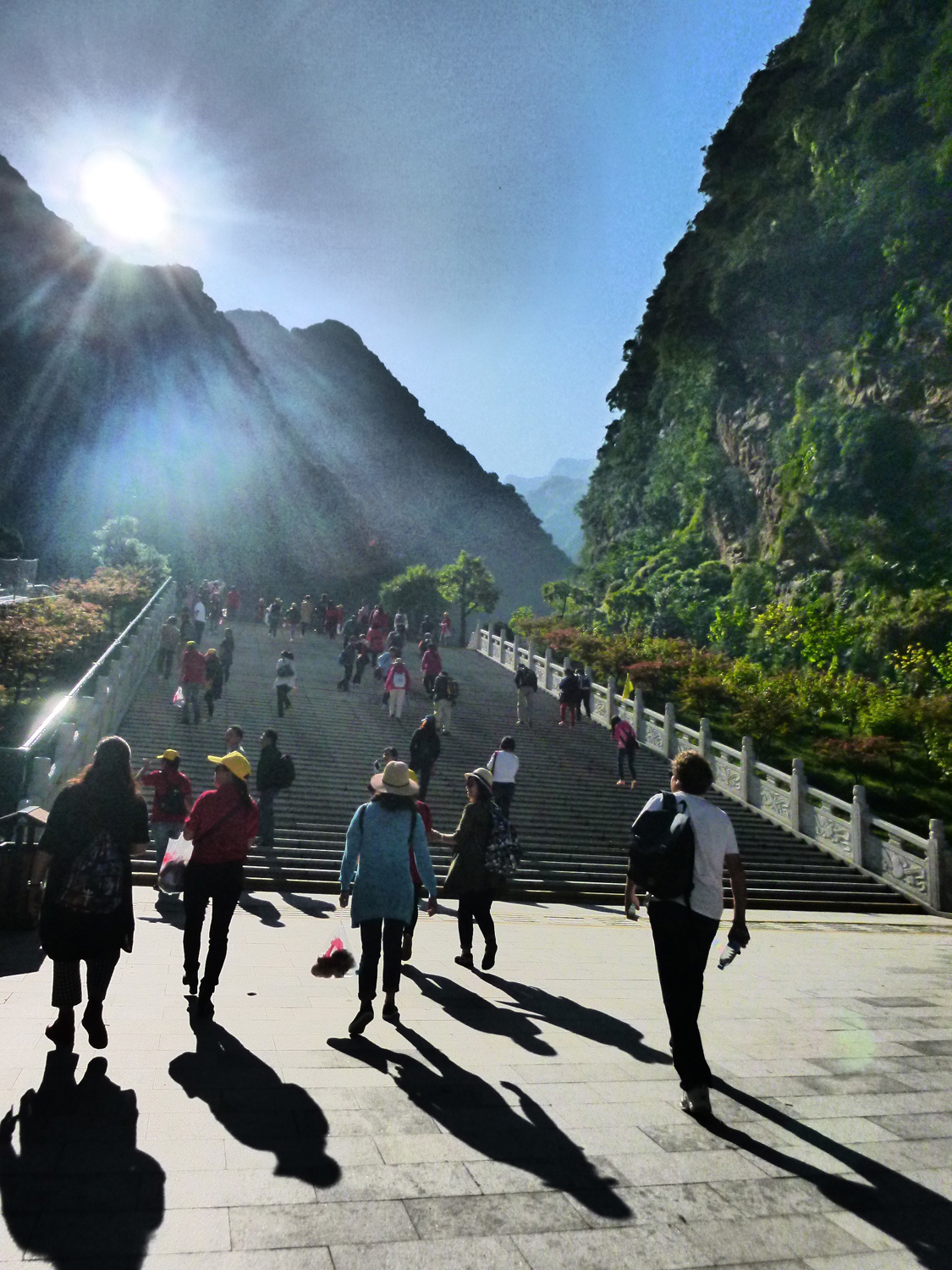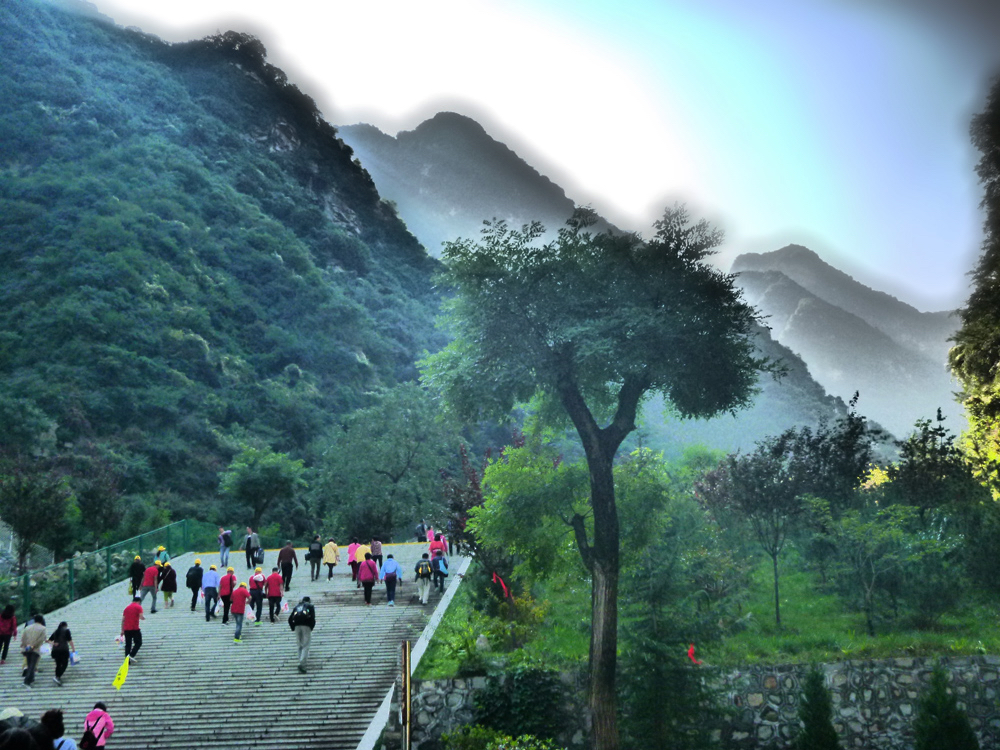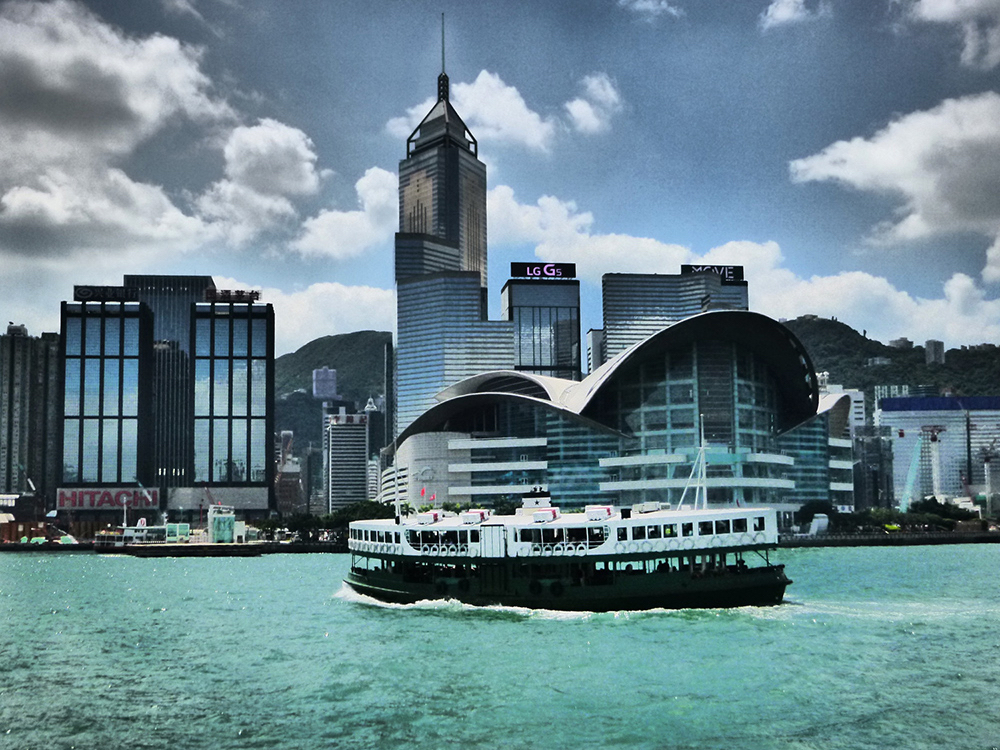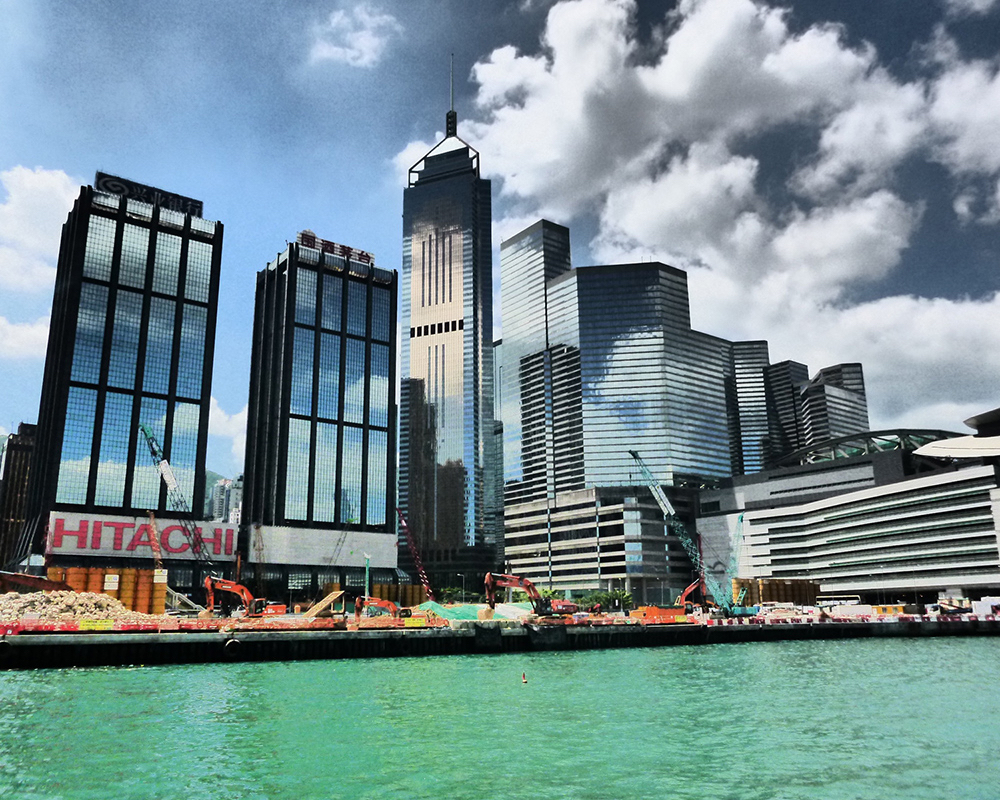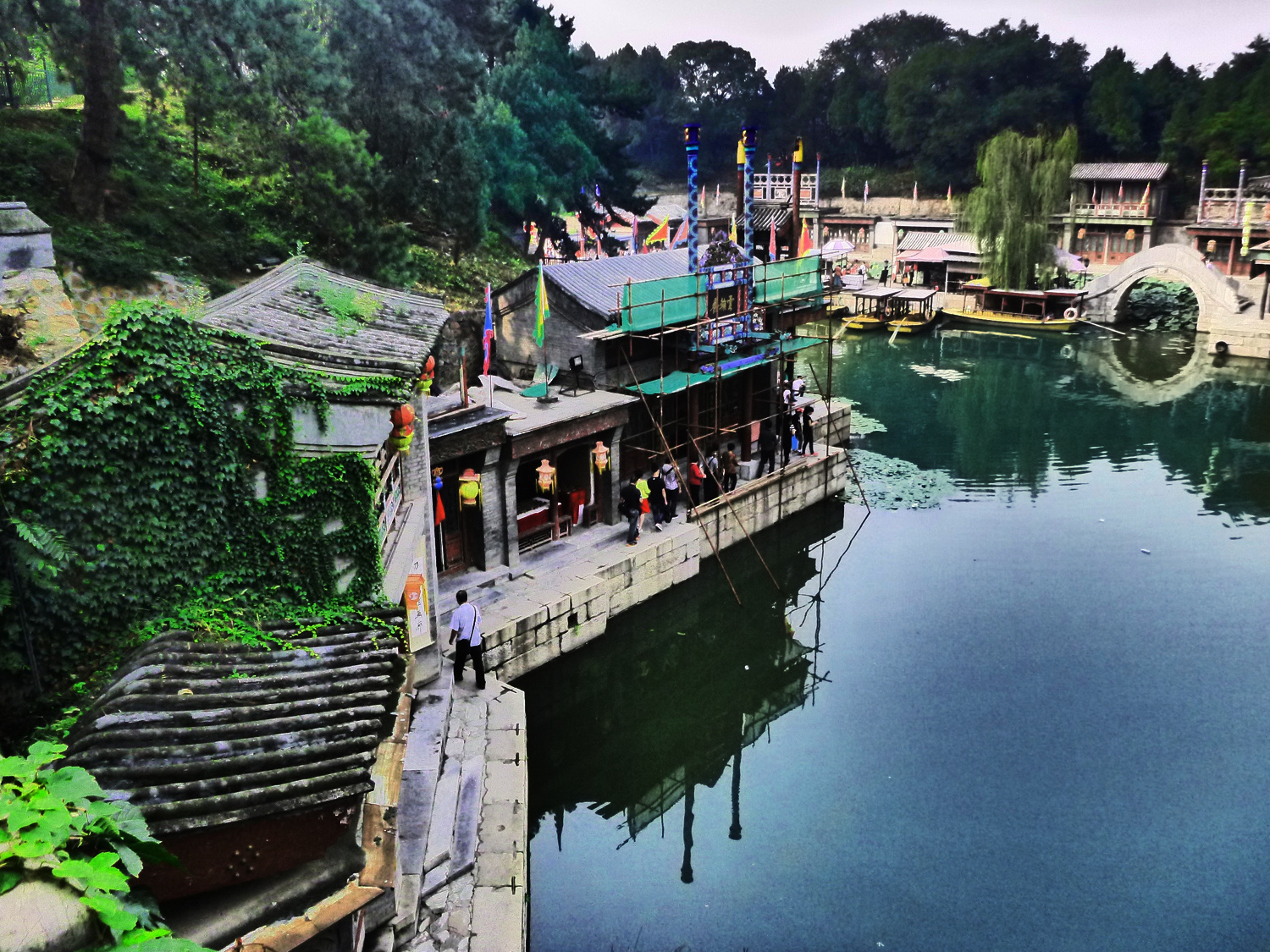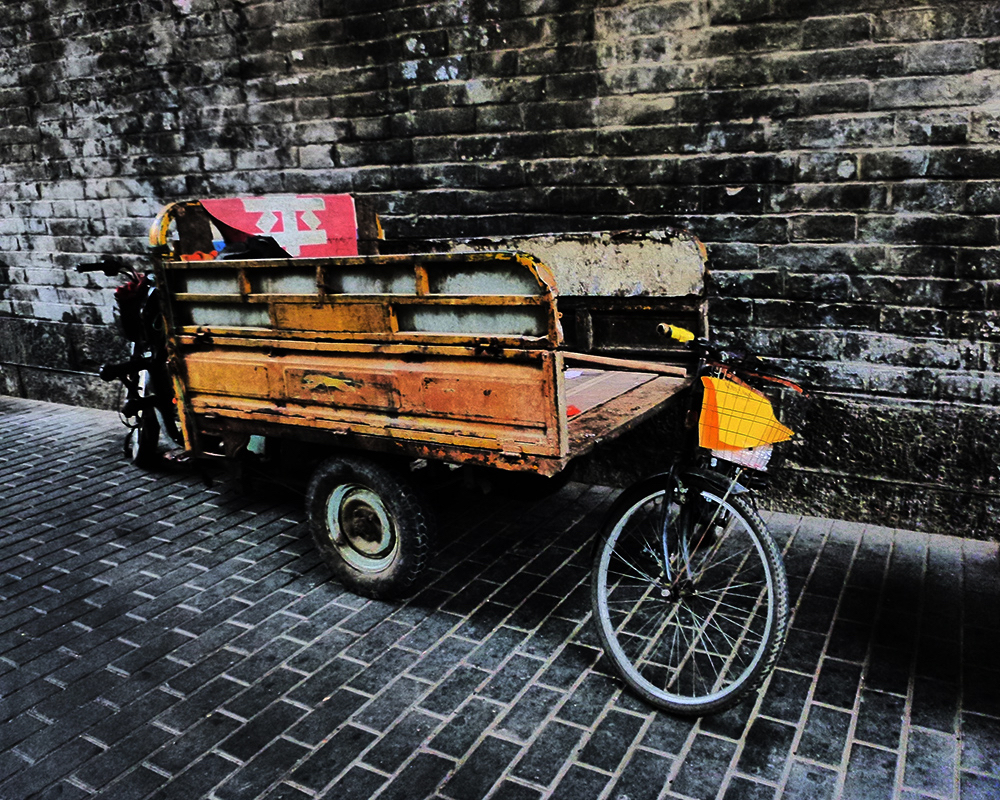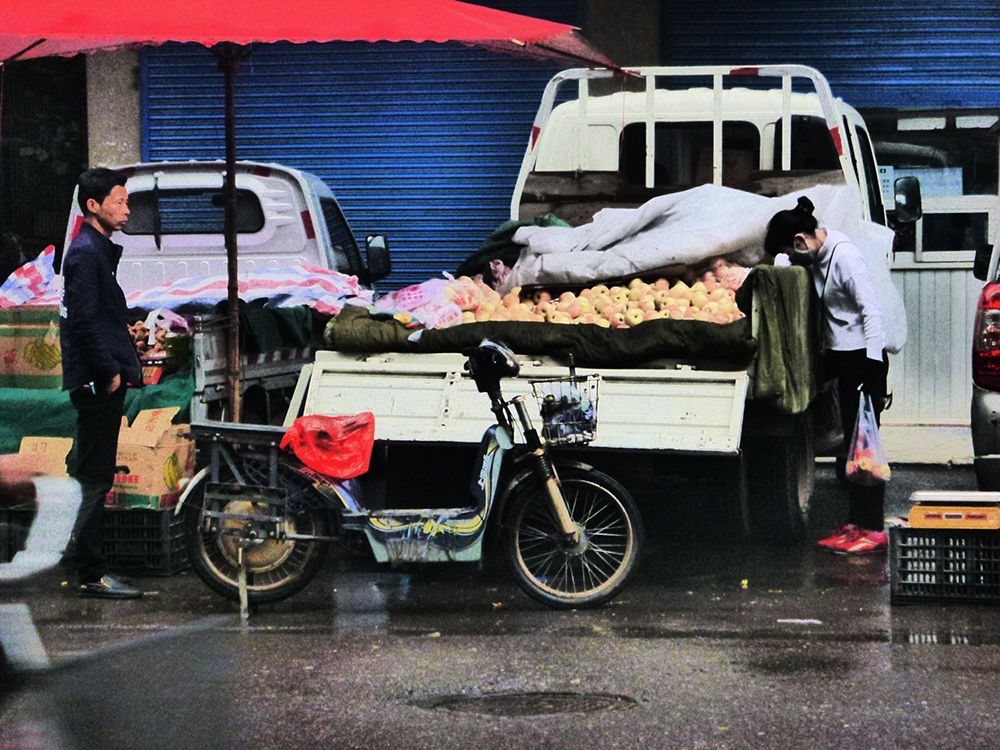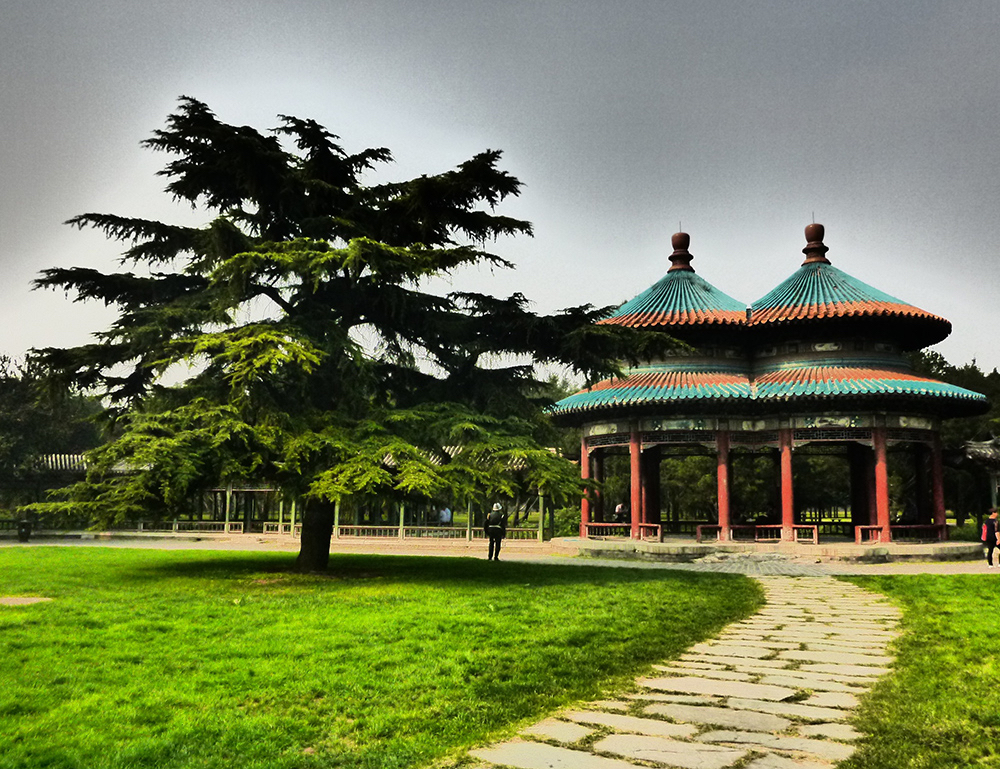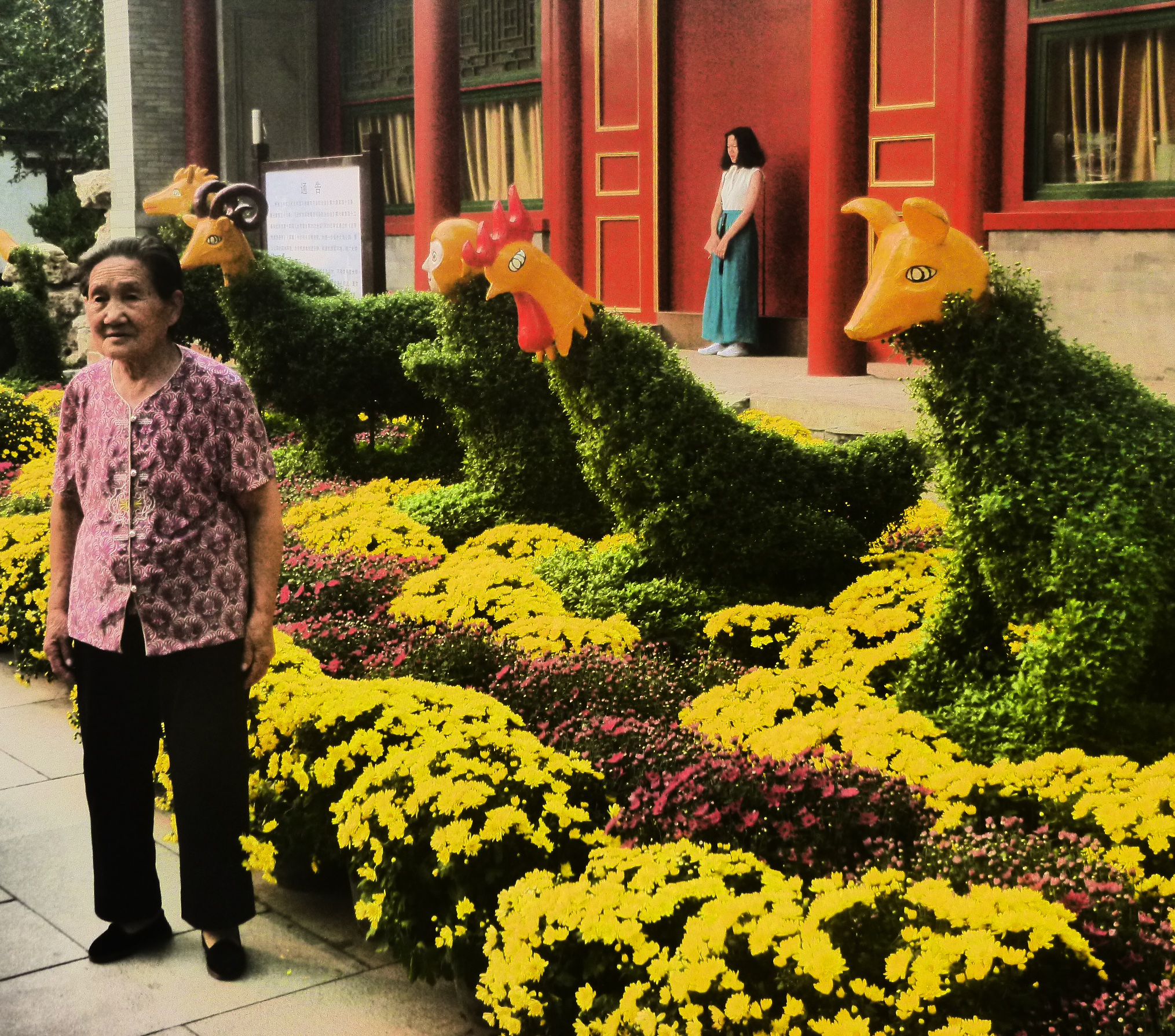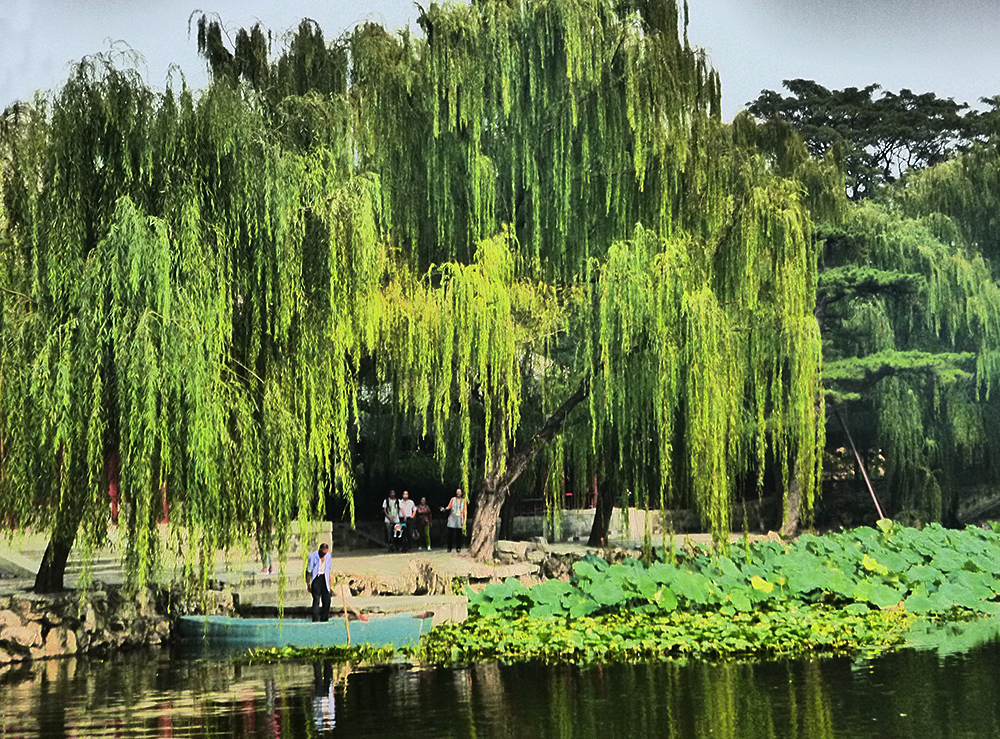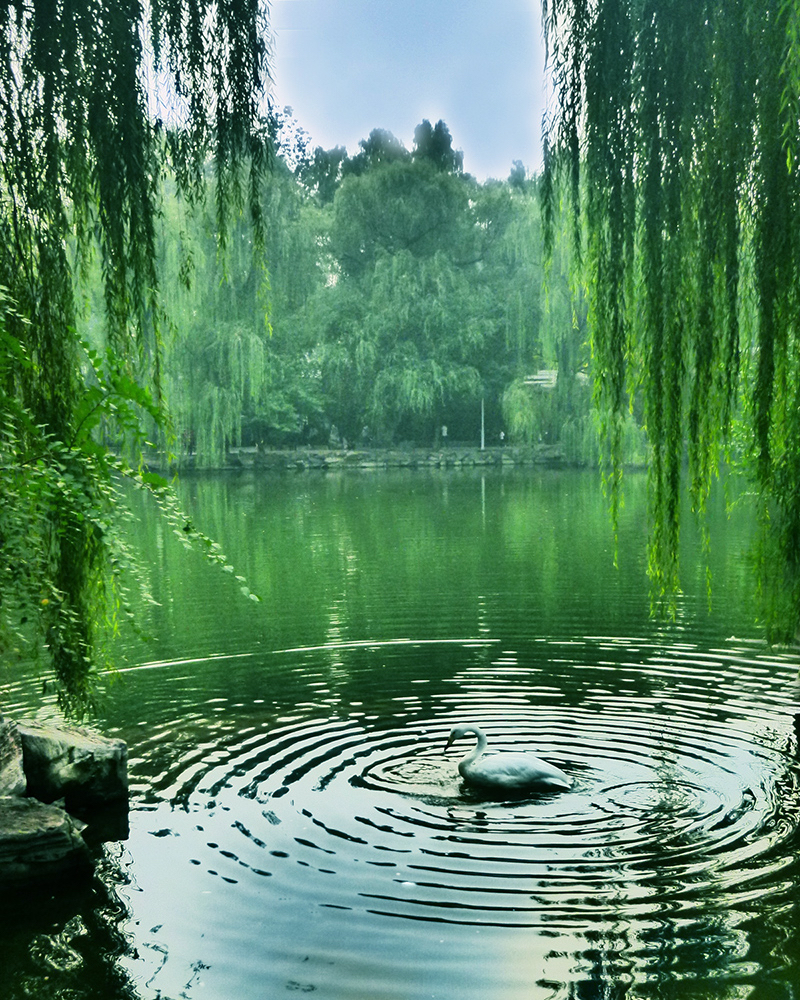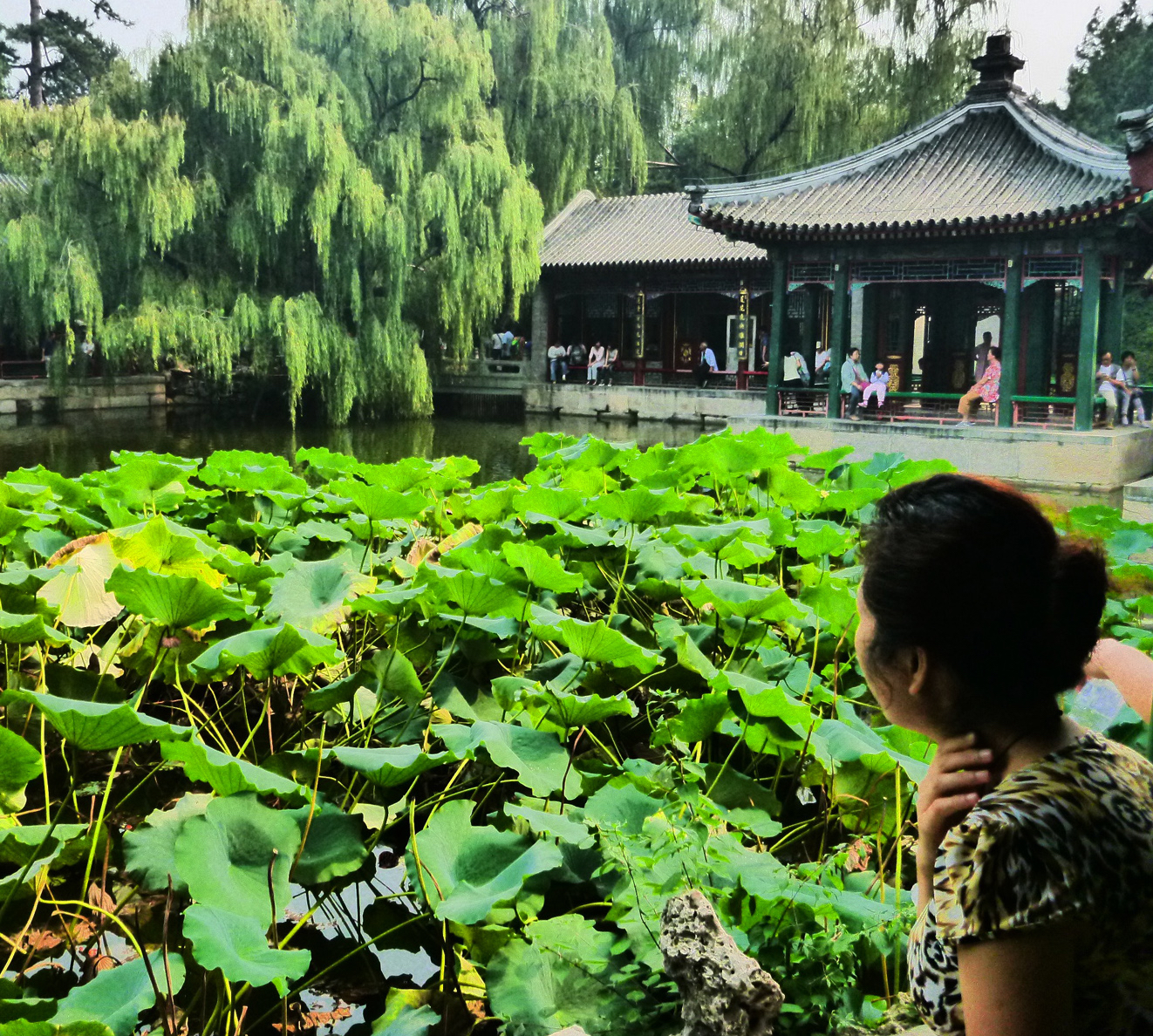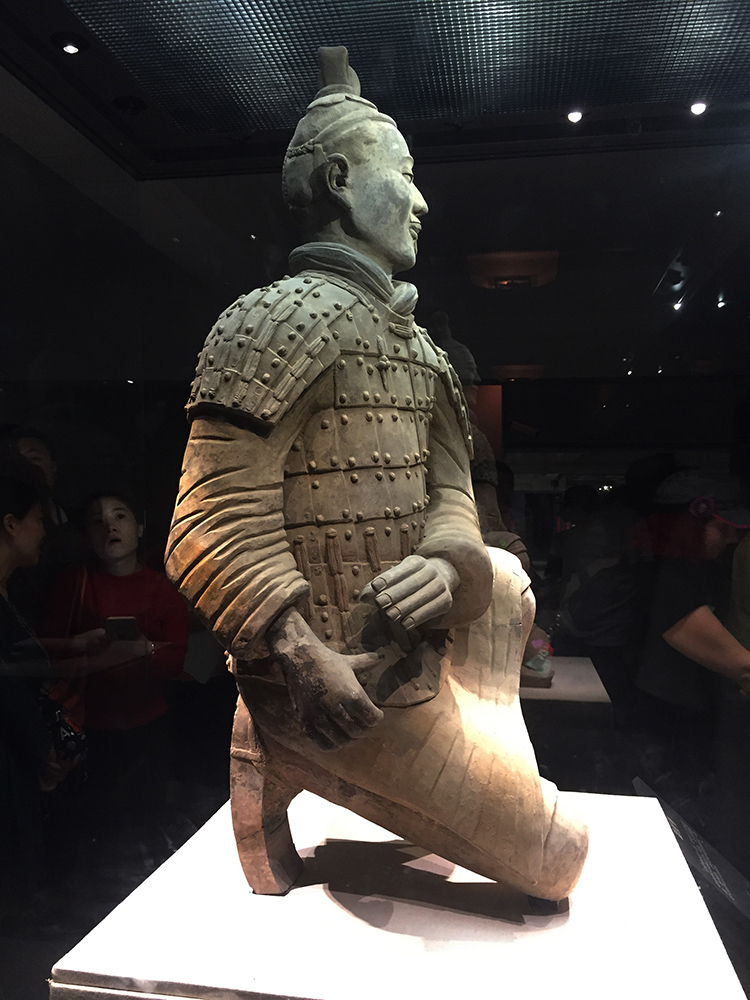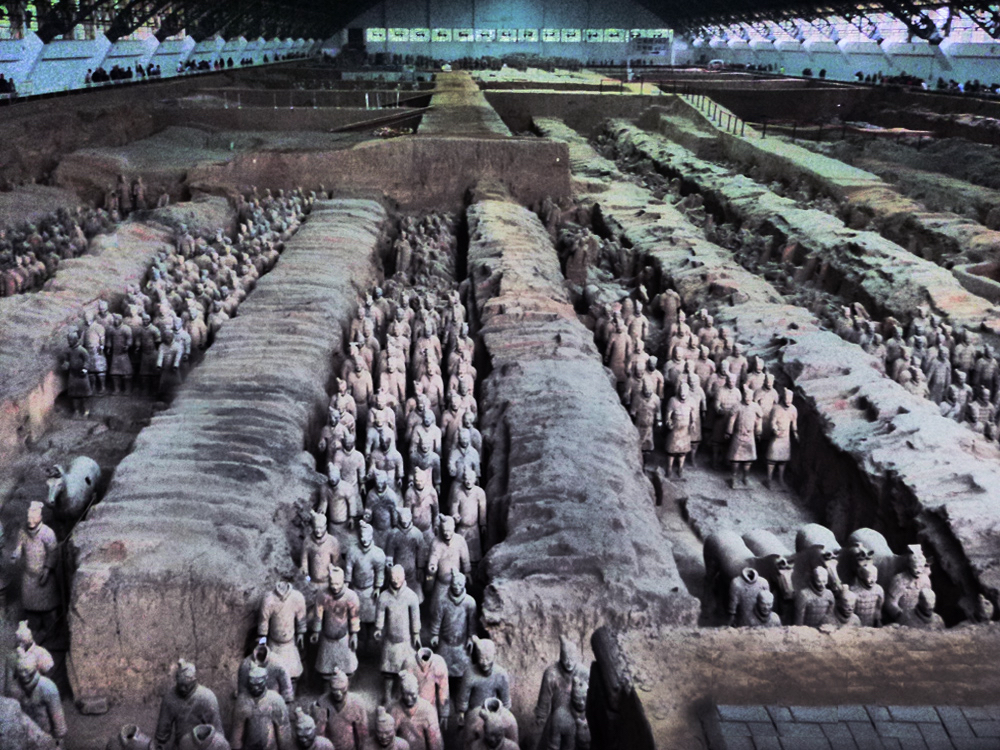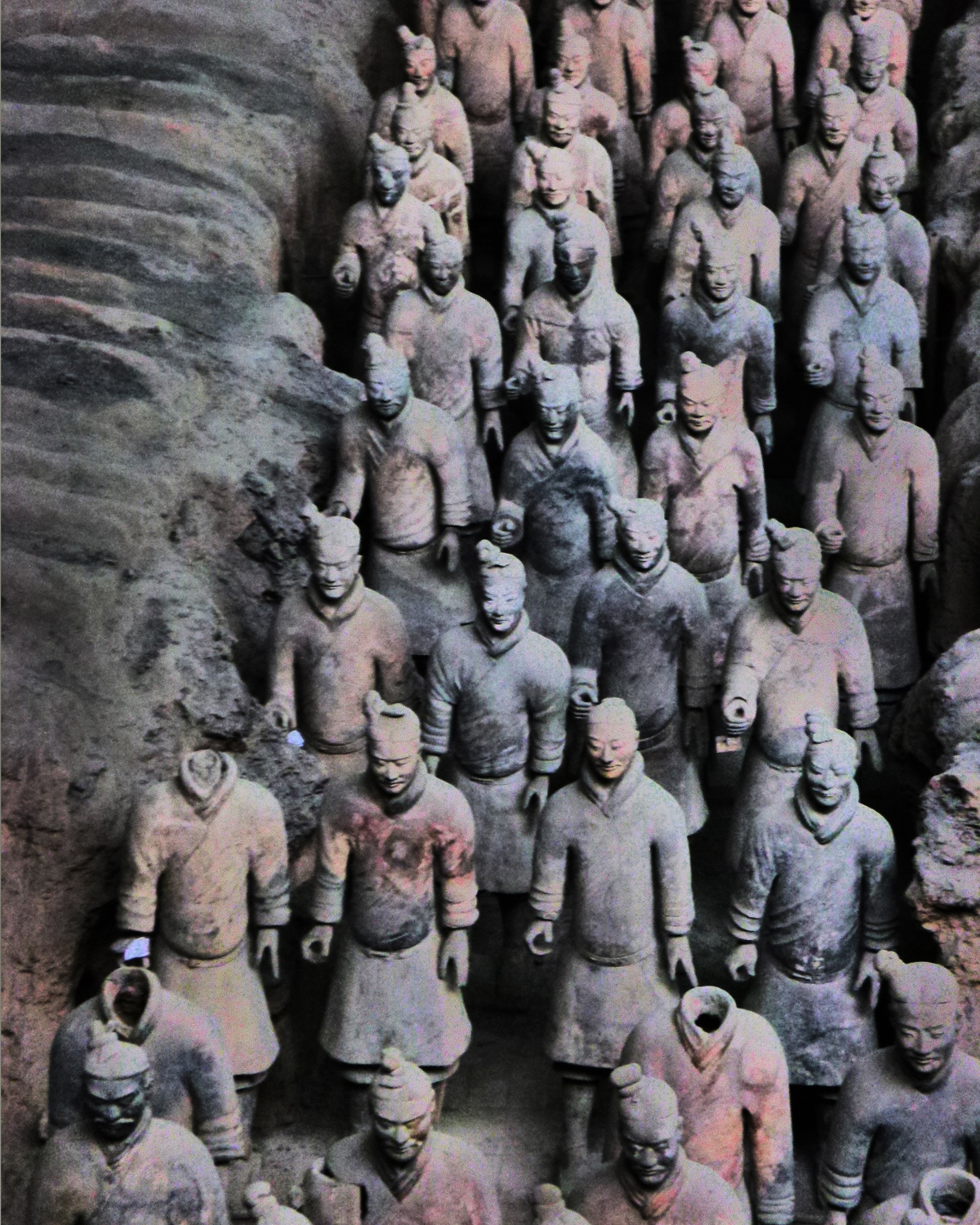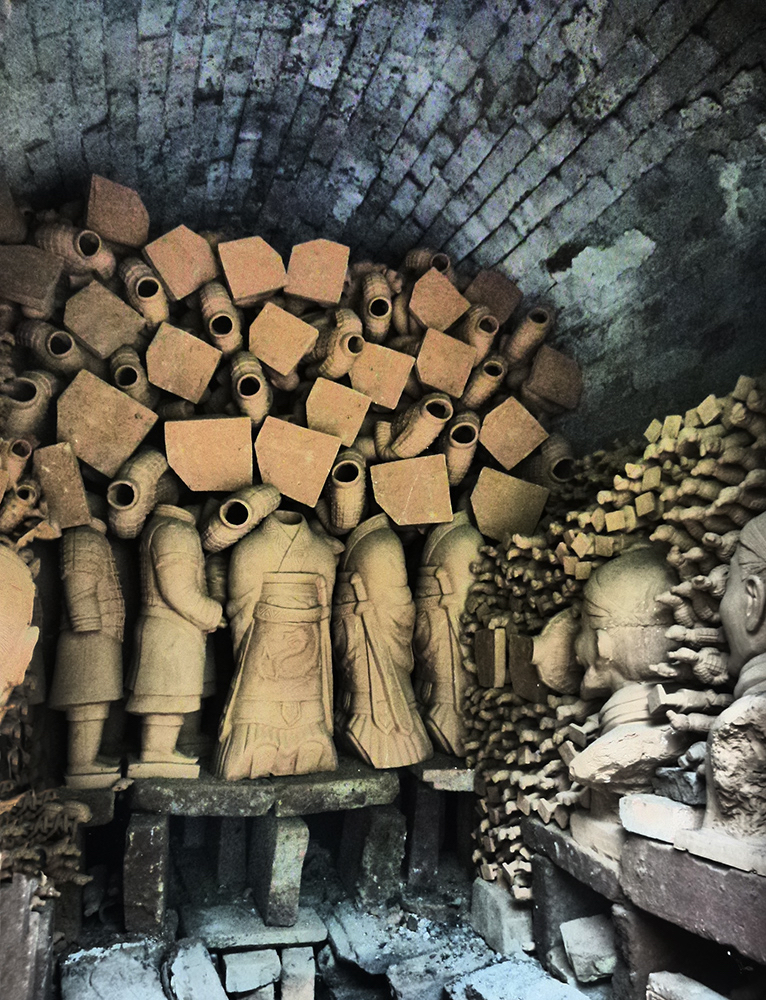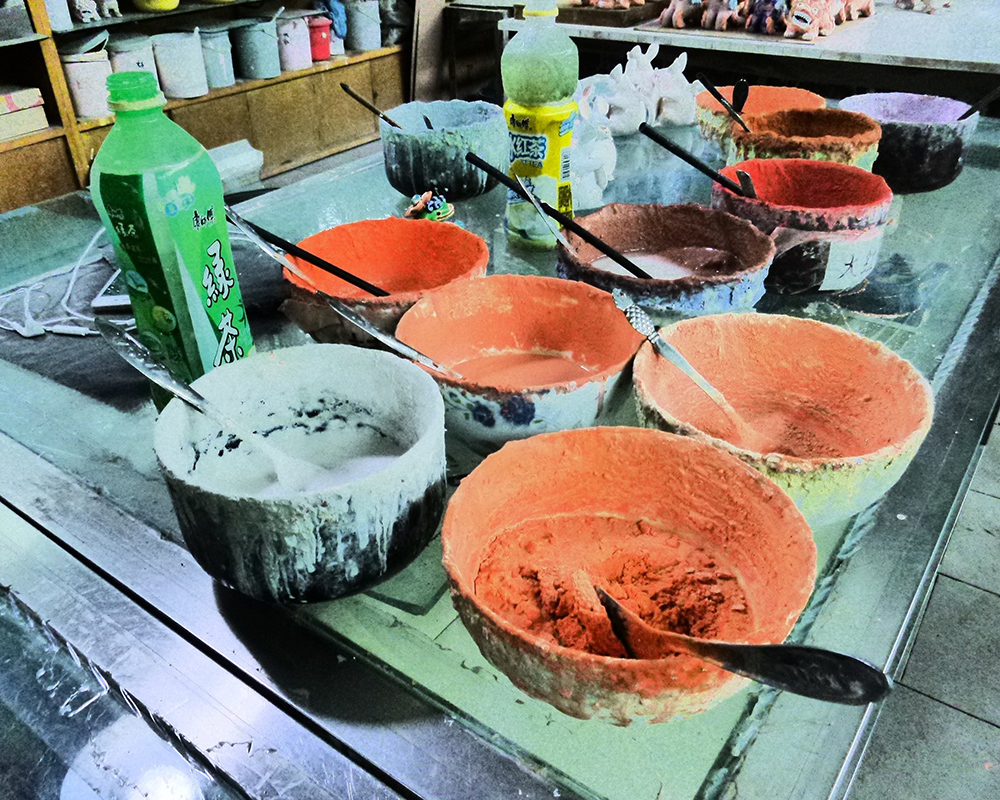Touring China With Jejune's Contributing Travel Editor, Carol Weinberg
Touring China With Jejune's
Contributing Travel Editor,
Carol Weinberg
From Left to Right of Bejing, Huashan, and Hong Kong, photos taken by Carol Weinberg
1. Name: Carol Weinberg
2. Occupation: Photographer/Artist
3. Travel Destination: Hong Kong, Beijing, Xi’an and Huashan Mountain
4. What inspired you to go to China?
I always wanted to see the Terracotta Army in Xi’an (pronounced She On) located at an excavated UNESCO site, which is the size of two football fields. I had read about the clay army, a collection of life-size soldiers with horses and chariots of Qin Shi Huang, the 1st Emperor of China, and found it fascinating.
5. How was Hong Kong different from Mainland China?
China exercised little influence when the British returned Hong Kong back to China. As the years went by the Chinese government pressured Hong Kong to bend to its rule. The people are not happy about this and have spoken out on numerous occasions. There are many protests in Hong Kong. Since China wants to keep the city politically stable because of its global influence, the government is not as aggressive as they would like to be.
Hong Kong is a central financial hub but it does not engage in manufacturing. Located in a condensed area, it is more cosmopolitan than mainland China. It has a semi-autonomy capitalist system with a limited democracy. The food is international; you can get any type of great quality food. It is also possible to eat great street food.
In China, everything is big; the parks, the roads, and the cities. Tiananmen Square can hold up to 500,000 people. The cities are sprawling and extremely large. About 22 million people live in Beijing. Under Communism, peoples’ lives are tightly controlled. The Chinese people cannot just travel anywhere they want without permission. Today, people are moving away from rural areas to seek greater opportunities. Many people ride bikes to get around, the middle class is growing, more people are buying cars, and pollution increases. When the level of pollution is bad, only cars with odd or even license plates numbers drive on a given day. The pollution is not only due to the large number of cars. Heavy use of coal is another contributor.
Photos of Bejing by Carol Weinberg
6. Please describe your experience in Hong Kong.
In Hong Kong, we stayed in the Wan Chui area on Hong Kong Island. I walked around during the day taking photos of vendors, people, and the street life. I walked to the covered, elevated walkway near the high-end shopping malls. The malls are large and have great restaurants. The first night, we took the ferry to Kowloon, which has a beautiful waterfront promenade, museums, and shopping. In the evening Kowloon has the famous Temple Market street fair with food, music, and shopping stalls. The fair is more than a mile long. We walked the crowded streets and saw thousands of people partying.
The next night we took the longest open-air escalator up the mountain to Soho, about a 20-minute ride to the mid-level. On the way up, we passed trendy restaurants and bars. To go to the peak of the mountain you can go by taxi or the train. At the peak, there is a park and a view of the whole island. One night we went to the Central area in Lan Kway Fong where you walk up the side of the mountain and find cool bars.
7. Where did you stay in Hong Kong?
We stayed in Wan Chai in a business hotel. In the business hotels, the rooms tend to be small and tight.
8. Did you interact with the locals?
We interacted with the shopkeepers, bartenders, and the people at the bars and restaurants. They are educated. Hong Kong has a a good education system. Many people speak English and are very nice. There are a lot of travelers so you meet people from all over.
9. What were some of your favorite things to do in Hong Kong?
I loved walking around, mixing with the locals, and taking pictures of the many different sites.
Hong Kong, photo taken by Carol Weinberg
Hong Kong, photo taken by Carol Weinberg
10. Traveling to Mainland China, please describe your experience.
From Hong Kong, we flew to Xi’an and stayed in a small hotel outside the old walled-in city built in the 14th century. After relaxing, we searched for a restaurant. The only place open after 8 p.m. was in the mall, which had four or five restaurants. While touring the city the next day, we hired a local tour guide to take us to see the Terracotta solders. The day after that we went to Huashan Mountain. You can get there by subway, a modern bullet train, a cab or a bus to the base of the mountain. Then you walk up wide stairs to four platforms before arriving at the ticket office for the tram. There is a spectacular view from the tram, which is the longest in the world, goes over a mountain, and changes cables half way across. Upon reaching the top there is a platform and many paths to take. The easiest one is to the Teahouse. The hardest is a wooden plank on the side of a sheer cliff. I stuck with the easiest being afraid of height. My husband went on a few that were a bit more difficult.
11. Do you notice a difference leaving the democratic government in Hong Kong vs. Mainland China? If so, how?
It’s interesting that one country has two systems. The Communist part of the country controls every part of the Chinese people’s lives. People whisper to you if you ask a personal question that they are afraid to answer. They have no knowledge of any history the government doesn’t want them to know and they don’t have a clue about what occurred in Tiananmen Square.
From Left To Right is the Forbidden City in Bejing, and the rest are the city of Huashan, photos taken by Carol Weinberg
12. At one point Hong Kong was owned by the British government, do the locals talk about that? Is there a huge divide between Hong Kong and the rest of China? If so, in what way?
In China they look up to Hong Kong and would like to live there. The people are beginning to move into the middleclass and move more into cities. The government lets them travel more than before but they still keep a tight leash on them.
13. Are there two different currencies between the China vs. Hong Kong?
You change money as if you are traveling to a different country.
14. Hong Kong is very expensive, because of the different system in Mainland China, is it cheaper for things, like shopping?
Not necessarily. China has expensive stores for the wealthy and tourists. Street vendors are cheaper. Hong Kong has a mix of prices, from the stalls in the street to the high-end malls carrying top designers.
From Left to Right, first two photos are the city life of Hong Kong to the country life of Mainland China, photos taken by Carol Weinberg
15. How did you find the air pollution in China? Was it worse in Hong Kong vs. the Mainland?
We were lucky when we were there as pollution was not that bad. The guide had an app on his phone that tells the pollution level. He said that it can get so bad you can feel the air. A lot of people wear masks. The weather in Hong Kong was hot and humid. Beijing has much more pollution.
16. How are the people coping with the air pollution?
A lot of the people wear masks. It’s very common to see this.
17. China has recently become more environmentally aware, have you seen any evidence of that?
Because it’s a Communist country, they can institute changes without regard to the people living there. The government has been curbing pollution and creating more renewable energy than anywhere else in the world. The factories work six days a week instead of seven in the summer. They cut off their electricity.
18. How is the Internet between the two regions?
I think it’s fine if the sites are approved.
19. Can you use social media tools in Mainland China?
You can use Internet in China with a local sim card. There is no Google to use and you can’t connect to sites that the government does not approve.
20. And, the languages vary in the two regions, Cantonese in Hong Kong, and Mandarin is the official language in China, did you notice a difference with the communication?
No, it’s hard to tell but the people in Hong Kong usually speak English. In China there are not many people who speak English with heavy accents because they learn it from teachers who have had little chance to communicate with English-speaking people.
Parks & and a Zoo in Bejing, photos taken by Carol Weinberg
21. Do you speak Chinese? If not, did you have trouble getting by? If so, which version and did you have trouble when the other version was spoken?
I do not speak Chinese. It was difficult in China but it’s part of the challenge to getting around. We found a few people who could help us. They tried very hard. I carried a map so the people would point out the directions for us. If they knew anyone who could speak English, they would bring that person to us. It was very sweet. In Hong Kong, it was easier because many people speak English. The hotels in Hong Kong and China are helpful in providing directions and suggesting places to dine.
22. Do you need additional visas to travel throughout China? If so, what are they and how do you get them?
You need to go to the Chinese Consulate and tell them where you will be staying and show a reservation and flight information. The visa is good for 60 days.
Terracota phots taken by Carol Weinberg
23. What was some of your favorite things about the trip? Please list some highlights and details.
My favorite place was the Forbidden City with the history of the last Emperor. The Winter Palace and the Summer Palace were also nice. The Beijing Zoo and the Panda bears are worth seeing. Their parks are really beautiful.
Carol Weinberg was born and raised in New York City. Her artistic career as a photographer, painter and collage artist has been shaped in large part by her total immersion in the city's always exciting and stimulating pop culture.
Her days as a young art student at the prestigious high school of Art and Design, and later at Parsons School of Design found Weinberg experimenting with her camera in and out of the dark room. Always with her finger on the pulse, she began taking her camera everywhere. Her contemporaries were fashion designers, musicians, painters, sculptors, filmmakers and of course other photographers. All were wildly talented young kids living in New York and Weinberg was documenting it all.
Photography became Weinberg's artistic outlet culminating in a successful commercial career as a Fashion, Music and Celebrity photographer.
But, she never lost her passion for shooting "the street" When her assignments took her around the world she would always find time to shoot locals in the market streets of Beijing, nightlife in Tel Aviv or Carnival in Rio des Janiero.
As a result she has built a vast archive of original images, which she now draws from to create her most recent artworks.
Facebook: https://www.facebook.com/carol.weinberg
instagram: carolweinbergphoto
Websites: https://www.carolweinbergphoto.com, https://www.carolweinberg.com
Email: carolweinbergphoto@gmail.com

